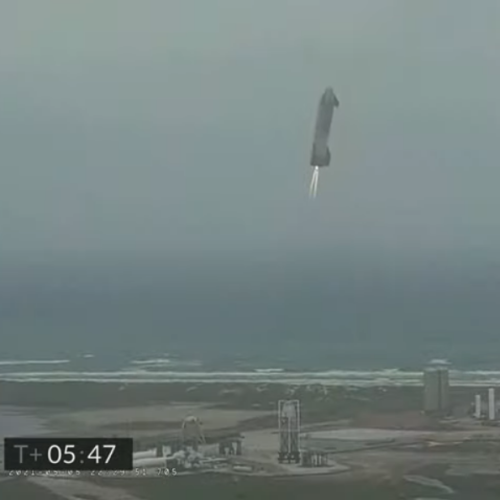Astra buys space tug company that builds electric engines
Capitalism in space: The smallsat rocket company Astra announced today that it has brought Apollo Fusion, a space tug company that builds electric engines designed to move satellites from orbit to orbit.
Astra is purchasing Apollo Fusion for $30 million in stock and $20 million in cash in a deal announced June 7. The deal includes an additional $95 million in earn-out incentives if Apollo Fusion reaches certain technical and revenue milestones. Astra will incorporate Apollo Fusion’s Apollo Constellation Engine electric propulsion systems in satellite buses the company is developing to provide an integrated solution to customers.
Astra however has still not completed its first orbital flight. Its last test launch, in December 2020, almost reached orbit but did not. Company officials are now saying the next launch will be this summer, followed by monthly launches in the fall.
Capitalism in space: The smallsat rocket company Astra announced today that it has brought Apollo Fusion, a space tug company that builds electric engines designed to move satellites from orbit to orbit.
Astra is purchasing Apollo Fusion for $30 million in stock and $20 million in cash in a deal announced June 7. The deal includes an additional $95 million in earn-out incentives if Apollo Fusion reaches certain technical and revenue milestones. Astra will incorporate Apollo Fusion’s Apollo Constellation Engine electric propulsion systems in satellite buses the company is developing to provide an integrated solution to customers.
Astra however has still not completed its first orbital flight. Its last test launch, in December 2020, almost reached orbit but did not. Company officials are now saying the next launch will be this summer, followed by monthly launches in the fall.


